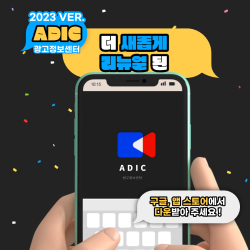Roles of Temporal Message Framing and Digital Channel Type in Perception and Dissemination of Food Risk Rumors
자료요약
Now that online media channels have become important sources of risk information, online rumors about risks have become increasingly problematic. Guided by construal level theory and the social-mediated crisis communication model, this study tests direct, mediating, and moderating effects of temporal message frame and digital media channel type on people’s perceptions of food risk rumors and their intentions to share them. An online experiment with a 2 temporal frame (near vs. distant in time) x 2 channel type (web portal vs. social media site) between-subjects design was conducted among 413 Korean adults. Results show that risk perceptions are affected more by the channel on which rumor information is encountered than by the framing of the information. Specifically, rumor messages presumed to appear on social media generated (a) higher perceived susceptibility than those presumed to appear on web portals (main effects) and (b) higher levels of perceived susceptibility in a distant-future frame condition than in a near-future frame condition (conditional moderating effects). Perceived susceptibility also mediated the interaction effects of temporal frame and channel type on intention to share rumor. This study provides theoretical and practical implications for digital media channel effects on risk perceptions and dissemination intention for risk rumors.
목차
ABSTRACT
Rumors in Risk Communication
Temporal Framing and Risk Perceptions
The Role of Digital Channel Type
The Roles of Risk Perceptions in Intention to Share Rumor
METHOD
RESULTS
DISCUSSION
REFERENCES
Rumors in Risk Communication
Temporal Framing and Risk Perceptions
The Role of Digital Channel Type
The Roles of Risk Perceptions in Intention to Share Rumor
METHOD
RESULTS
DISCUSSION
REFERENCES
media channel
temporal message framing
rumors
construal level theory
risk perception
intention to share











